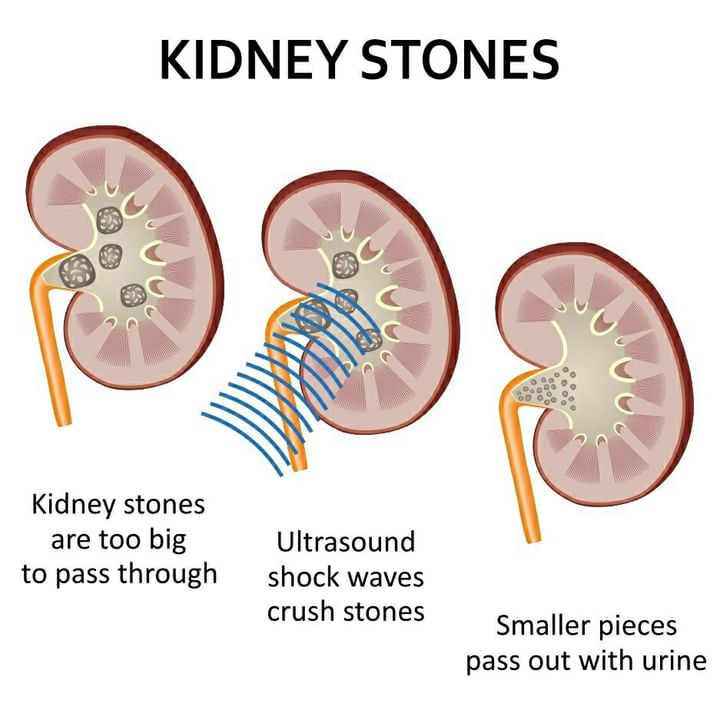How Is Kidney Stone Treated?
Treating patients with kidney stones has changed significantly during the last 10-15 years with the advancement of technology and medical knowledge. Treatment can now be tailored to the individual patient based on a variety of factors including the size and location of the stone, the symptoms caused by the stone and patient's overall medical condition. Our clinic's comprehensive, multidisciplinary kidney stone program is designed for patients who suffer from any type of renal stone disease—from simple to complex, using the latest technology available for treatment and prevention of stone formation. The three main treatment options are:
- Extracorporeal shock wave lithotripsy (eswl)
- Ureteroscopy with laser fragmentation of stones
- Percutaneous nephrolithotomy
Kidney stone removal -
A urologist can remove the kidney stone or break it into small pieces with the following treatments:
- Shock wave lithotripsy - The doctor can use shock wave lithotripsy to blast the kidney stone into small pieces. The smaller pieces of the kidney stone then pass through your urinary tract. A doctor can give you anaesthesia during this outpatient procedure.
- Cystoscopy and ureteroscopy - During cystoscopy the doctor uses a cystoscope to look inside the urethra and bladder to find a stone in your urethra or bladder. During ureteroscopy, the doctor uses a ureteroscope, which is longer and thinner than a cystoscope, to see detailed images of the lining of the ureters and kidneys. The doctor inserts the cystoscope or ureteroscope through the urethra to see the rest of the urinary tract. Once the stone is found, the doctor can remove it or break it into smaller pieces. The doctor performs these procedures in the hospital with anesthesia. You can typically go home the same day.
- Percutaneous nephrolithotomy - The doctor uses a thin viewing tool, called a nephroscope, to locate and remove the kidney stone. The doctor inserts the tool directly into your kidney through a small cut made in your back. For larger kidney stones, the doctor also may use a laser to break the kidney stones into smaller pieces. The doctor performs pcnl in a hospital with anesthesia. You may have to stay in the hospital for several days after the procedure.
After these procedures, sometimes the urologist may leave a thin flexible tube, called a ureteral stent, in your urinary tract to help urine flow or a stone to pass. Once the kidney stone is removed, your doctor sends the kidney stone or its pieces to a lab to find out what type it is.
The health care professional also may ask you to collect your urine for 24 hours after the kidney stone has passed or been removed. The health care professional can then measure how much urine you produce in a day, along with mineral levels in your urine. You are more likely to form stones if you don’t make enough urine each day or have a problem with high mineral levels.



+1.svg)
